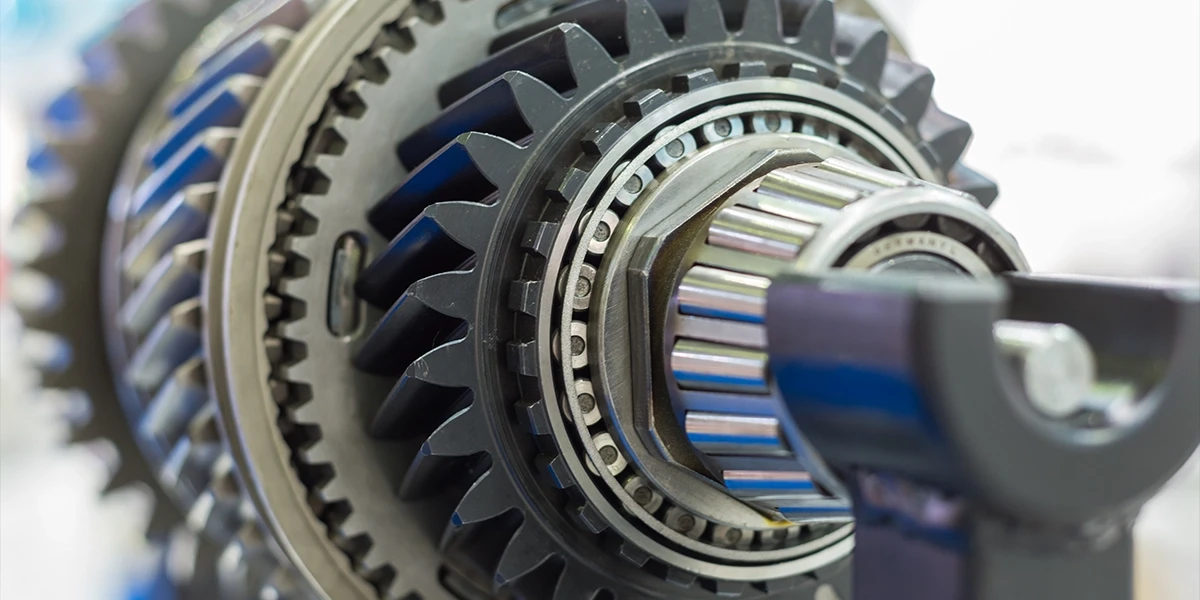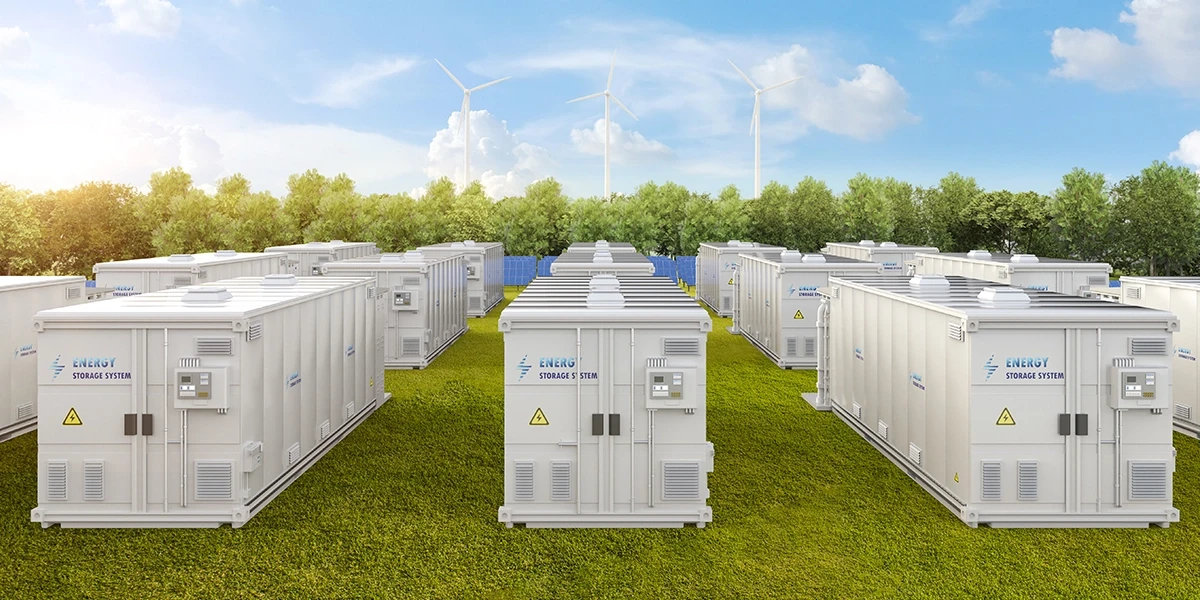A comprehensive safety equipment list is key to protecting the workers in industrial environments. Each industry has a unique workplace and deals with various issues.
Among them are falling objects, heights, cuts, burns, and hazardous materials. This blog highlights important safety equipment. It protects employees and helps them stay compliant and productive in tough work environments.
The industrial environment is a place where difficult and dangerous tasks are performed. Whether operating heavy machinery or using hazardous materials, these settings necessitate strong safety procedures.
A thorough safety equipment list covers all potential risk areas. It helps reduce workplace hazards and ensures safety. It decreases injury cases and prevents productivity loss. It also encourages workers to be more careful.
A complete safety equipment list addresses a variety of hazards. Each piece of equipment provides specific protection, making selecting the right tools for your work environment crucial.
Personal Protective Equipment (PPE) is the cornerstone of industrial safety. It safeguards workers from physical, chemical, and environmental hazards.
Various types of personal protective equipment (PPE) ensure workers' safety. PPE protects workers in different industries. It promotes their well-being effectively. These include protective clothing, helmets, gloves, face shields, safety goggles, and hearing protection.
Hard hats protect workers from head injuries. Falling objects, debris, or impacts can harm workers in high-risk areas. These areas include construction sites and manufacturing plants.
Face shields protect workers from chemical splashes. Flying debris can cause injuries to the face. Face protection is essential in high-risk environments.
Safety glasses prevent serious eye injuries. Flying particles and debris can harm workers' eyes. Hazardous chemicals also pose risks to the eyes. These protective glasses shield the eyes from harmful substances.
Hearing protection, such as earplugs and earmuffs, prevents noise-induced hearing loss in loud environments. Prolonged exposure to high decibel levels can lead to permanent hearing damage.
Full-body suits are essential personal protective equipment, designed to provide comprehensive protection for workers exposed to various environmental hazards. These suits shield workers from chemical exposure, extreme temperatures, and biological hazards.
Gloves are essential personal protective equipment designed to protect workers' hands from various hazards. Cut-resistant, chemical-resistant, and heat-resistant gloves protect hands from burns, cuts, and abrasions.
Steel-toed boots and slip-resistant shoes prevent foot injuries in hazardous work environments. These footwear types protect feet and improve stability. Workers can move safely in construction, manufacturing, and warehousing industries with these shoes.
Falls from heights represent a significant risk in industrial settings. Fall protection equipment includes tools that prevent falls and minimize their impact. By properly implementing fall protection systems, businesses can protect their workforce, enhance safety standards, and comply with industry regulations.
Here are four Essential Equipements from Fall Protection:
These safety harnesses are essential in high-risk industries. Workers in construction, oil and gas, and utilities often use them. They frequently operate at elevated heights.
Anchor points are critical safety components in fall protection systems. They provide secure attachment points for lifelines, harnesses, and other safety equipment.
Lanyards and lifelines are key parts of fall protection systems. They connect workers to anchor points. These tools prevent falls from heights. They ensure safety during tasks performed at elevated locations.
Guardrails and safety nets offer extra protection in elevated areas. They reduce the risk of falls. These safety tools enhance overall workplace safety.
Fire hazards are common in industrial environments due to flammable materials, electrical equipment, and combustible dust. A safety equipment list must include fire protection tools.
Here are the three fire safety equipment:
Fire extinguishers are essential safety devices. They handle specific fire types like electrical, chemical, and oil fires. These devices ensure effective fire suppression. They work in various environments to prevent fire damage.
Fire blankets are essential safety tools. They smother small fires quickly. They protect workers in emergencies. These tools are vital for fire safety.
Smoke detectors and alarms are critical safety devices. They detect smoke or fire early. They provide vital time to act. These devices help people evacuate safely.
Airborne hazards, including dust, fumes, and chemicals, necessitate respiratory protection. The right equipment ensures clean air and prevents respiratory illnesses.
Here are three examples of respiratory equipment:
Dust masks help reduce risks from exposure to harmful particulates. They ensure a healthier and safer working environment.
Respirators safeguard workers from inhaling toxic fumes, gases, and airborne contaminants. They are essential in hazardous work environments.
SCBAs provide portable air supplies in compromised environments. They protect workers from toxic gases and poor air quality.
Falling object protection is essential in workplaces with overhead operations. Proper gear minimizes injuries from falling tools or materials.
Here are two major pieces of equipment for protection against falling objects:
Hard hats protect against impacts, falling objects, and accidental bumps. They are essential in hazardous work environments.
Tool lanyards are essential safety devices designed to prevent tools from dropping during elevated work. They significantly reduce the risk of injury to workers below and ensure the safety of the entire worksite.
Hand and skin protection is crucial in hazardous workplaces. Hazards include cuts, burns, abrasions, and harmful chemicals. Chemicals can cause skin irritation or long-term damage.
Use this three protective equipment to avoid workplace injuries. Proper gear reduces risks and ensures safety during hazardous tasks.
Cut-resistant gloves prevent lacerations and injuries. They protect workers handling sharp tools, machinery, or materials. These gloves ensure safety during risky tasks.
Chemical-resistant gloves are essential for workers exposed to hazardous, corrosive substances in industries such as chemical manufacturing and pharmaceuticals.
Heat-resistant gloves are critical personal protective equipment. They safeguard workers from burns and thermal injuries. Workers use them in high-temperature environments.
Industrial work environments often expose employees to high noise levels, increasing the risk of hearing damage. Hearing protection reduces the impact of excessive noise.
Earplugs are a compact and highly effective form of hearing protection designed to block out excessive noise. They are an essential tool in environments where noise levels can be hazardous to hearing.
Earmuffs protect hearing by covering the entire ear. They provide superior noise reduction. Earmuffs are useful in environments with high noise levels.
First aid and emergency response equipment are critical components of workplace safety. They ensure that employees have the necessary tools and resources readily available to address injuries or medical emergencies promptly.
Here are three must have first aid items:
First aid kits are essential safety tools in any workplace. They provide immediate treatment for injuries and medical emergencies.
Emergency eyewash stations are crucial safety features in workplaces. They protect employees from hazardous chemicals, debris, or irritants. These substances could cause eye injuries.
Stretchers and rescue equipment are essential to safely and efficiently evacuate injured workers from hazardous work environments.
Each industrial environment presents a unique set of hazards, ranging from chemical exposure to mechanical and fall risks. By assessing these risks and adjusting your safety equipment list, you can meet the specific needs of your workplace. This will help ensure complete protection for workers. This approach will enhance operational safety and maintain compliance with industry regulations.
In workplaces with heavy machinery and elevated operations, safety measures are crucial. Prioritize equipment maintenance and comprehensive employee training. Use protective gear and follow industry safety standards. This will ensure a secure and efficient working environment.
Fall protection equipment includes anchor points, harnesses, and lifelines. They work together to form a comprehensive safety system. This system prevents falls and protects workers who operate at heights in industrial and construction settings.
Safety harnesses are essential for tasks at height. They provide critical support and protection. They securely attach workers to anchor points. This minimizes the risk of falls and ensures compliance with workplace safety standards in construction and maintenance.
Hard hats protect workers from falling objects, debris, and head injuries. They are vital personal protective equipment. They ensure safety in construction sites, industrial facilities, and high-risk environments.
In chemical environments, appropriate safety measures are essential. Use chemical-resistant gloves, protective eyewear, respirators, and full-body suits. Proper ventilation systems are also crucial. These steps safeguard against harmful exposure, prevent accidents, and maintain a safe working environment.
Full-body suits provide comprehensive protection in hazardous work environments. They protect workers from chemicals, extreme temperatures, and other dangers.
Face shields and respirators offer robust protection for the face and respiratory system. They shield workers from airborne particles, chemical splashes, and other hazardous substances. These items ensure health and safety in high-risk environments.
Chemical-resistant gloves protect workers' hands from harmful substances. They guard against corrosive chemicals, solvents, and hazardous materials. They reduce the risk of skin irritation or injury in industrial settings.
Noisy work environments pose risks to hearing and overall health. Equip workers with hearing protection, such as earplugs or noise-canceling earmuffs. Implement noise control measures like sound barriers and machinery maintenance. These steps will mitigate risks.
Updating and maintaining a robust safety equipment list involves continuous assessment and adaptation to changing workplace needs.
Identify specific risks in your operations.
Ensure all safety tools function properly and meet regulatory standards.
Educate employees on the correct use of safety equipment.
Follow OSHA guidelines and industry regulations.
A well-prepared safety equipment list delivers significant advantages to your organization, including:
Mitigates risks associated with falls burns, and exposure to harmful substances.
Workers feel secure, boosting morale and productivity.
Avoids penalties and demonstrates a commitment to employee welfare.
A robust safety equipment list ensures industrial workplaces prioritize employee well-being, reduce risks, and maintain efficiency. Incorporating tools like PPE, fall protection, and fire safety equipment equips workers to handle workplace hazards confidently. Regular updates and training ensure the list remains relevant and effective.
Industrial organizations commit to safety. This creates a safer, more productive work environment. Investing in equipment pays off. It benefits every aspect of operations.
Partner with eINDUSTRIFY to equip your industrial workplace with a comprehensive safety equipment list tailored to your needs. We provide high-quality safety equipment. This includes PPE, fall protection gear, and tools.
These tools help address workplace hazards. They protect against falls from heights, cuts, and burns. We prioritize your workforce's well-being, helping you create safer work environments while ensuring compliance with industry standards.
Choose eINDUSTRIFY for your industrial security equipment needs and experience a partner dedicated to enhancing your business's safety and security. Email us at info@eindustrify.com or call us at +1 (888) 774 7632. Register for access to a premium global marketplace.
Tags: Safety Equipment List Safety Equipment PPE Includes Anchor Points Personal Protective Equipment PPE Hearing Protection Face Shields Fall Protection Equipment Includes Safety Glasses Full Body Suits Falling Objects Fire Extinguishers
RECENT POSTS:

How to Select the Right Control Valves for Your System

Air Compressors for Sale: Compare Models, Brands, Features

Essential Power Transmission Accessories for Industries

Best Industrial Sensors for Automation

Uses of Industrial Control Equipment

Top Bearings and Power Transmission Solutions

Buy Battery Energy Storage Systems Now

Benefits of Pneumatic Systems Today